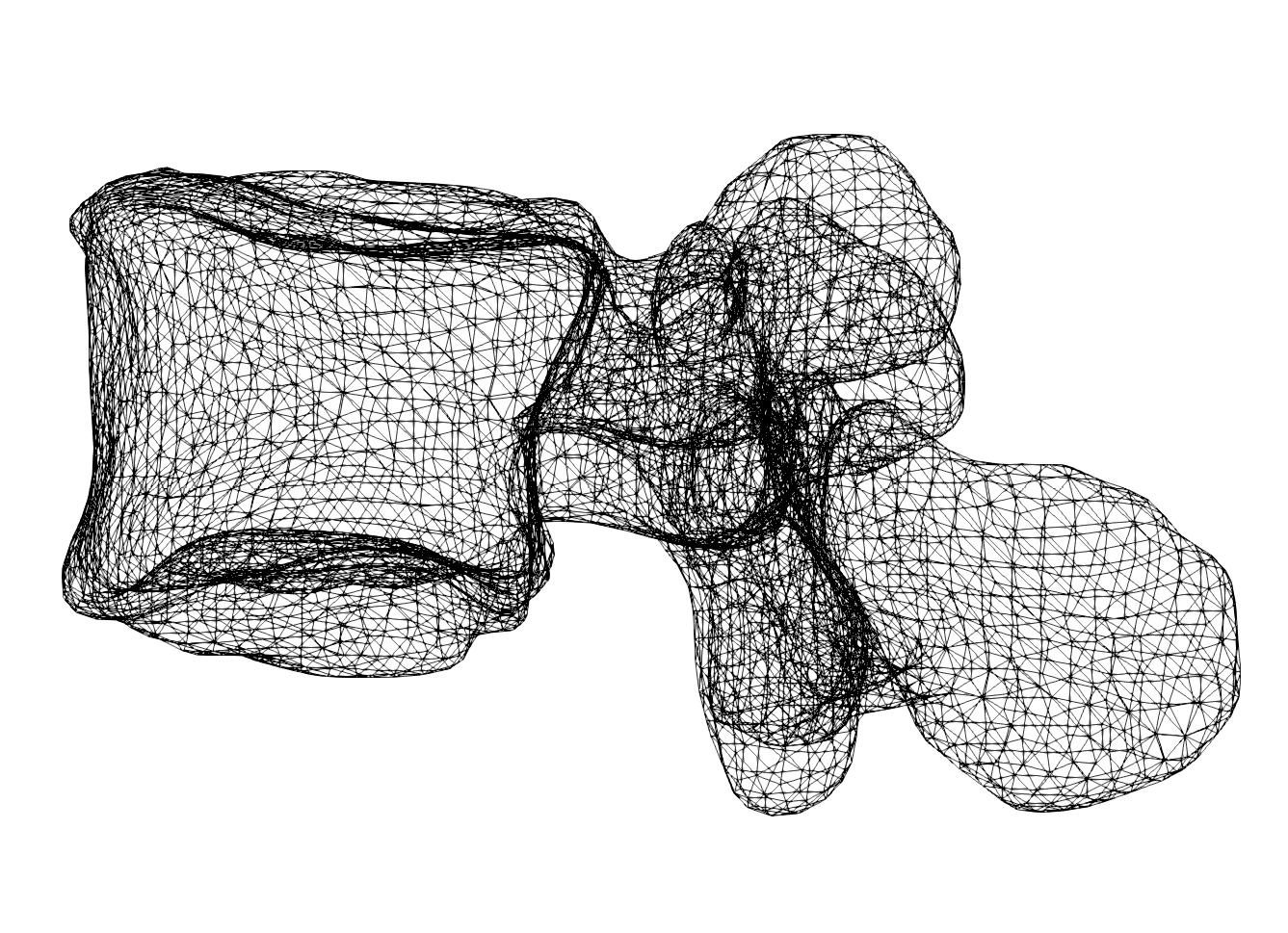artificial intelligence
+
spine imaging

supported by




our story
bonescreen offers a novel, AI-based technology for non-invasive extraction of biomarkers from existing medical images to assist radiologists and clinicians in evaluating bone health. We combine artificial intelligence with conventional and software engineering to retrieve reliable and interpretable biomarkers, fully automated and perfectly integrated in current workflows and guidelines.
Why do we need biomarker extraction? The doubling of the population older than 60 years of age during the next three decades will bring an explosion of bone-health-related conditions. Among these, Osteoporosis represents the most common bone disease in humans:
One in three women and one in five men older than 50 years will have an osteoporotic fracture during their lifetime [Kanis, J.A., et al., Osteoporos Int, 2000. 11(8): p. 669-74.]. In Europe, osteoporotic fractures are the fourth leading cause of morbidity, after ischemic heart disease, dementia and lung cancer, however before chronic obstructive pulmonary disease and ischemic stroke[Hernlund, E., et al., Arch Osteoporos, 2013. 8: p. 136.]. More information on Epidemiology can be found at the International Osteoporosis Foundation.
Despite widely available and effective treatment options, more than 97% of osteoporosis-related health care costs are spent on treating fractures (>€50 billion/year in Europe) and only less than 3% on preventative measures. This treatment gap (e.g., 91% of patients in Germany who should be treated according to current guidelines do NOT receive the appropriate treatment) is mainly caused by a diagnostic gap which in turn is due to a lack of appropriate screening strategies [McCloskey E et al (2021) Osteoporos Int 32:251–259]. Thus, many medical societies advocate a population-based screening program based on bone density measurements [Chotiyarnwong P, Arch Osteoporos. 2022 Jun 28;17(1):87.].
bonescreen aims to increase screening rates for osteoporosis by utilizing existing imaging data to contribute to a value-based healthcare system [Löffler MT et al., Eur Radiol. 2021 Aug;31(8):6069-6077., Sollmann N et al., J Bone Miner Res. 2022 Jul;37(7):1287-1296.]
publications
Scientific studies on osteoporosis screening using bonescreen (selection):
- Automated Opportunistic Osteoporosis Screening in Routine Computed Tomography of the Spine: Comparison With Dedicated Quantitative CT. Sollmann N et al. J Bone Miner Res. 2022 May 22. doi: 10.1002/jbmr.4575.
This paper shows that Bonescreen’s technique is on par with dedicated QCT measurements. - Proposed diagnostic volumetric bone mineral density thresholds for osteoporosis and osteopenia at the cervicothoracic spine in correlation to the lumbar spine. Rühling Set al. Eur Radiol. 2022 Apr 6. doi: 10.1007/s00330-022-08721-7.
This paper introduces reference values for bone mineral density measurements for different parts of the spine. - Level-Specific Volumetric BMD Threshold Values for the Prediction of Incident Vertebral Fractures Using Opportunistic QCT: A Case-Control Study. Dieckmeyer M et al. Front Endocrinol (Lausanne). 2022 May 20;13:882163. doi: 10.3389/fendo.2022.882163.
This paper reports diagnostic accuracy for different parts of the spine. - Automated detection of the contrast phase in MDCT by an artificial neural network improves the accuracy of opportunistic bone mineral density measurements. Rühling S et al. Eur Radiol. 2022 Mar;32(3):1465-1474. doi: 10.1007/s00330-021-08284-z.
This paper introduces an automated correction for density measurements in contrast-enhanced scans. - Automatic opportunistic osteoporosis screening in routine CT: improved prediction of patients with prevalent vertebral fractures compared to DXA. Löffler MT et al. Eur Radiol. 2021 Aug;31(8):6069-6077. doi: 10.1007/s00330-020-07655-2.
This paper reports the diagnostic performance of Bonescreen and shows superiority compared to the current state-of-the-art method DXA. - Opportunistic Osteoporosis Screening Reveals Low Bone Density in Patients With Screw Loosening After Lumbar Semi-Rigid Instrumentation: A Case-Control Study. Löffler MT et al. Front Endocrinol (Lausanne). 2021 Jan 11;11:552719. doi: 10.3389/fendo.2020.552719
This paper shows that Bonescreen may be valuable for surgical planning to prevent later complications. - Opportunistic QCT Bone Mineral Density Measurements Predicting Osteoporotic Fractures: A Use Case in a Prospective Clinical Cohort. Leonhardt Y et al. Front Endocrinol (Lausanne). 2020 Nov 9;11:586352. doi: 10.3389/fendo.2020.586352.
This paper shows the utility of opportunistic measurements for a fracture liaison service.
Please find more publications related to the topic on Pubmed
team

Jan Kirschke

Anjany Sekuboyina
bonescreen was founded by Jan Kirschke and Anjany Sekuboina in March 2022. Currently, we are a dedicated team of physicians, computer scientists, medical technology experts, and one marketing strategist.
copyright © 2022 bonescreen GmbH
